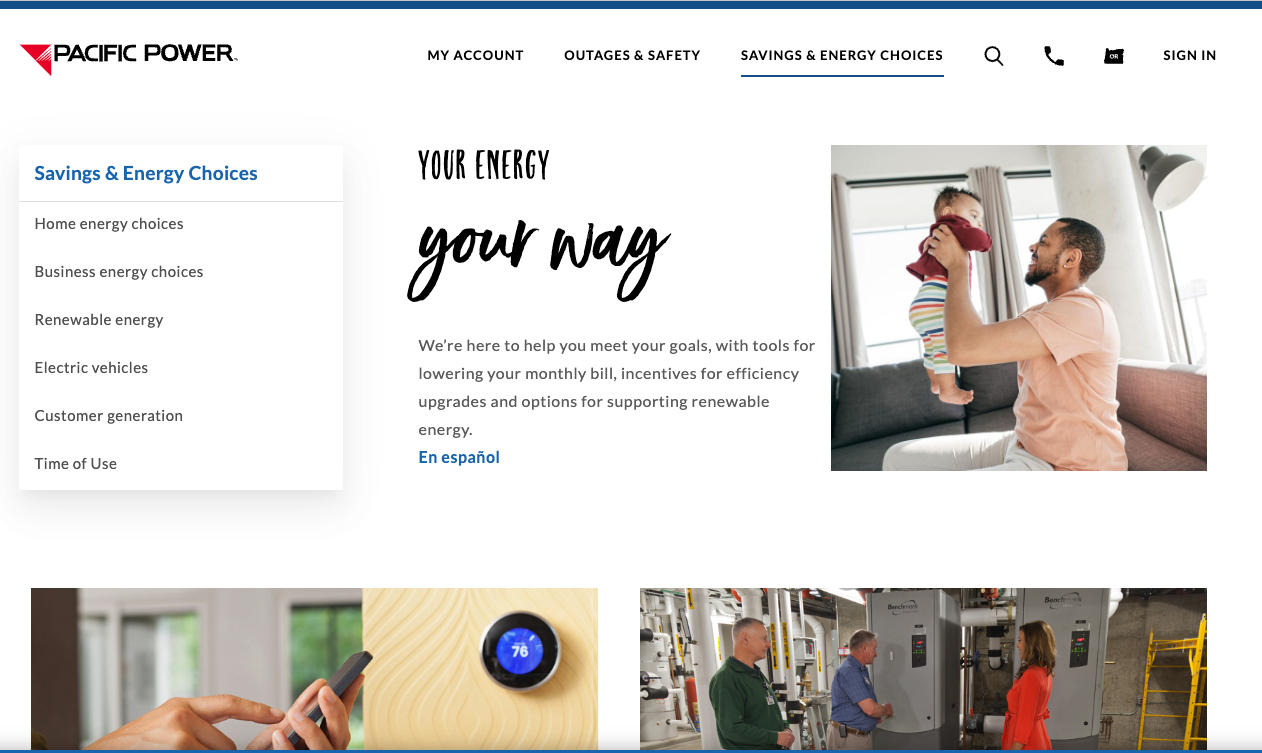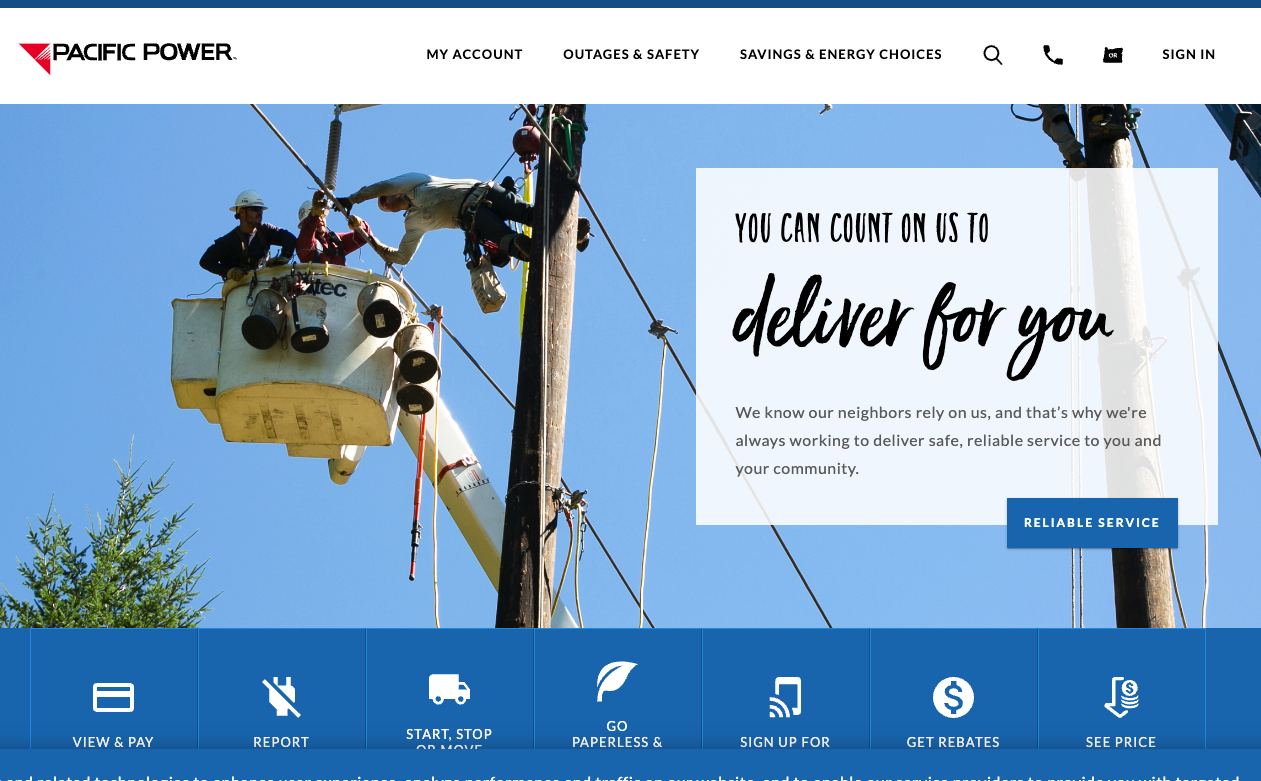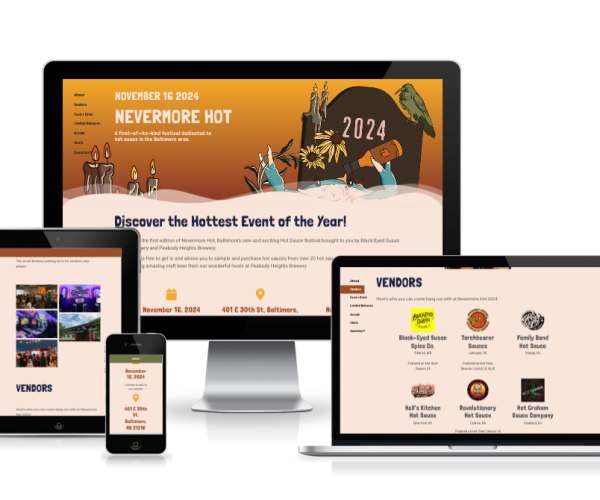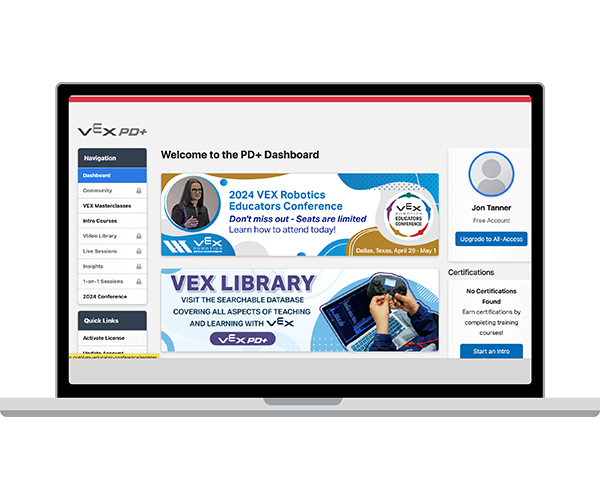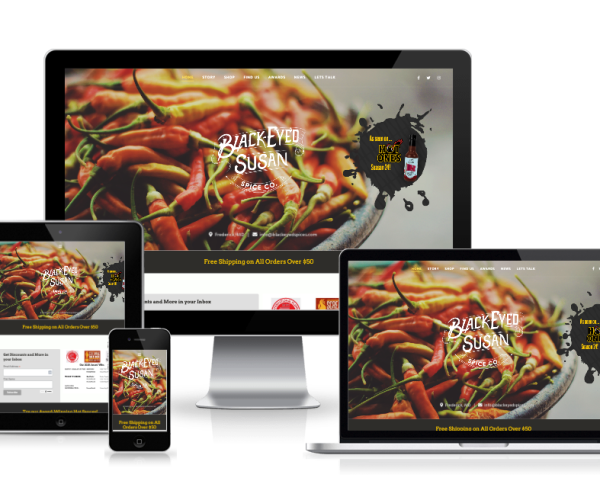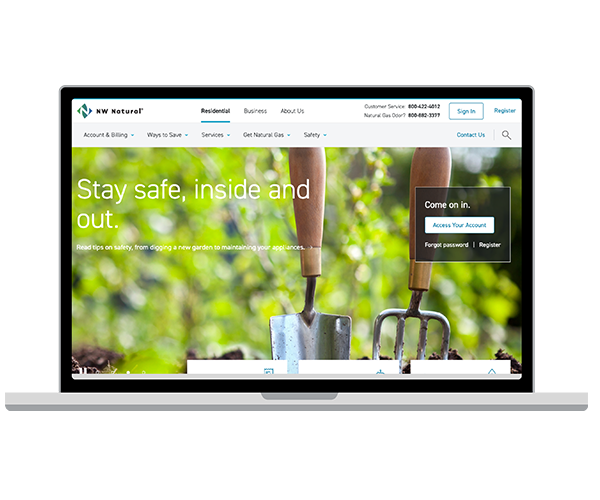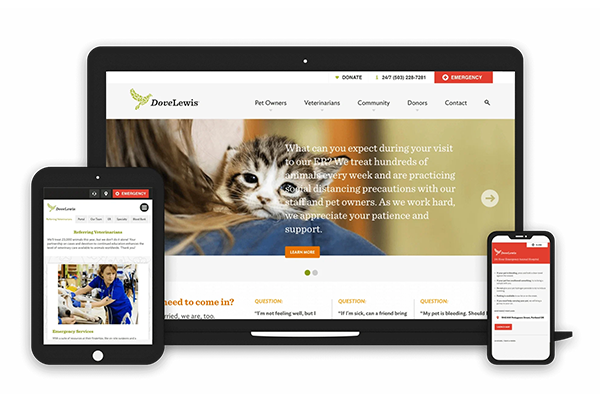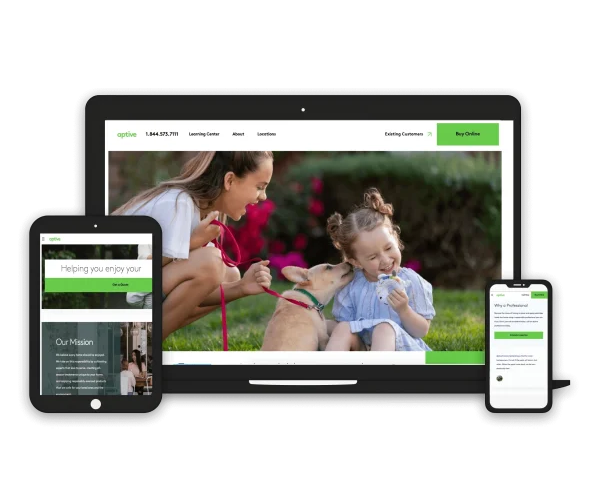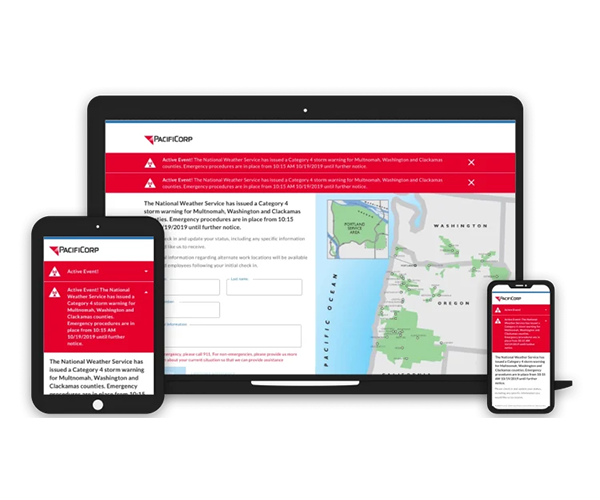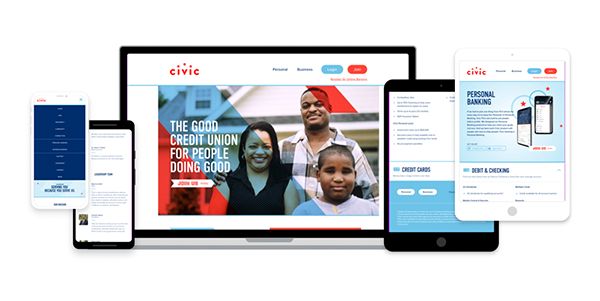PacifiCorp Website Suite
Introduction: Pacificorp, a leading electric utility company serving multiple regions, recognized the need to modernize its online presence across its suite of websites, including Pacific Power, Rocky Mountain Power, and others. To accomplish this, they collaborated with a team led by me to develop a comprehensive digital solution. This project involved building the customer self-service side in Angular and the informational side in React, both leveraging a custom-built component library with an atomic methodology.
Project Overview: The overarching goal of the project was to enhance user experience, accessibility, and functionality across Pacificorp's suite of websites. This encompassed the development of both customer-facing self-service portals and informational websites, each tailored to meet the specific needs of Pacificorp's diverse customer base.
Challenges:
- Legacy Systems Integration: Integrating the new Angular and React applications with legacy systems and databases while ensuring seamless data flow and compatibility.
- Consistency Across Websites: Maintaining consistency in design, user experience, and functionality across multiple websites within the Pacificorp suite.
- Scalability and Maintainability: Designing an architecture that could accommodate future growth and updates while ensuring maintainability and ease of deployment.
Solution:
- Component Library Development: A custom component library was developed using an atomic methodology, providing a standardized set of UI components and design patterns for both Angular and React applications.
- Angular and React Development: The customer self-service side was built in Angular, offering robust functionality for account management, billing, and other customer services. The informational side was developed in React, providing dynamic content delivery and interactive user experiences.
- Coordination and Collaboration: As the lead architect, I coordinated closely with staff developers to ensure consistent implementation of architectural decisions and adherence to best practices.
Implementation:
- Component Library Integration: The atomic component library served as the foundation for building reusable UI components, streamlining development, and ensuring consistency across both Angular and React applications.
- Legacy Systems Integration: Seamless integration with legacy systems was achieved through API endpoints and middleware, enabling secure data exchange and real-time updates.
- Testing and Optimization: Rigorous testing procedures were implemented to ensure cross-browser compatibility, accessibility compliance, and optimal performance across devices and platforms.
- Focus group testing: I led a series of focus groups with accessibility experts who navigated the website in different ways than we planned for (screen reader, keyboard only, high-contrast) in order to accommodate these cases.
Results:
- Improved User Experience: The revamped suite of websites offers enhanced user experience, intuitive navigation, and self-service capabilities, empowering customers to manage their accounts efficiently.
- Consistency and Branding: Consistent design language and branding across all Pacificorp websites reinforce brand identity and trust among customers.
- Scalability and Maintainability: The modular architecture built on the atomic component library allows for easy scalability and maintenance, enabling Pacificorp to adapt to evolving customer needs and industry trends.
Conclusion: The collaboration between Pacificorp and our development team has resulted in the successful transformation of their digital presence, offering a seamless and intuitive experience for customers across multiple websites. By leveraging Angular and React along with a custom-built component library, we have delivered a scalable, maintainable, and user-friendly solution that aligns with Pacificorp's objectives of innovation and customer satisfaction.
